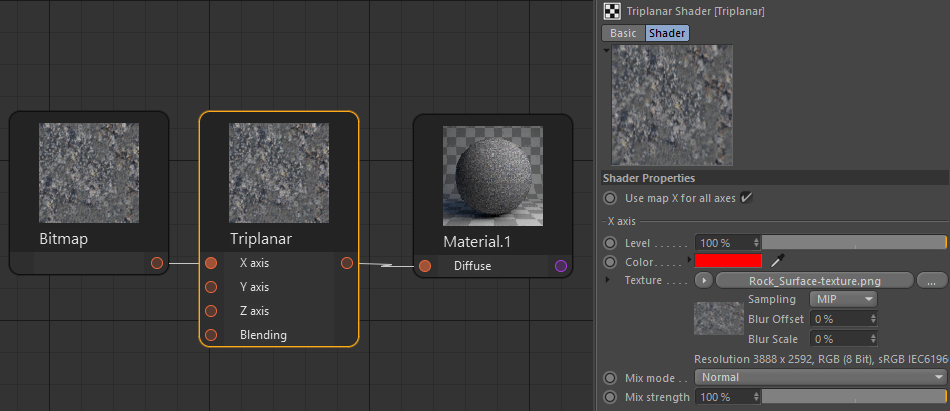
This means if you have a tight deadline and need to enlist say 3 render farms, you can’t just pay them and send them all your fines, you have to set stuff up, purchase more licenses etc.
#USING LUTS WITH ARNOLD RENDER C4D LICENSE#
Right now most octane capable render farms require you to use your own license on the, because legally they can’t provide this service.

And I finished a few jobs with this pipeline.Ī real tricky thing is to match a certain color like a company logo.

So for example if you have a 8-Bit-Texture that you want to exactly keep it’s look through that pipeline would mean for example in Aftereffects (with OCIO Plugin):Ĩ-Bit sRGB-Picture > Convert from Output sRGB (OCIO) to ACEScg > Save as OpenEXR 16-Bit float > Import into Cinema4D-Shader-Graph for Redshift. That can even also mean a reverse RRT/ODT. Textures and footage you use therefore have to be converted accordingly. What you see in the colorpicker of the Cinema4D-Interface is wrong. So for pure creative work you see what you get when you look throught the RRT/ODT that the IPR shows you. That means that all shaders that you build are: The numbers you enter but in AP1. The Redshift IPR applies the transforms of OCIO to anything it gets from Cinema4D as if it was ACEScg. And there is no way to change that at this moment in time. I just wanted to let you know that it’s there in RedshiftRenderer for Cinema4D and maybe you want to join me again in finding how we can do that.Īfter a long break with that topic, I think I finally figured out how it works.Īnd as I found 2 Youtube tutorials, that (in my opinion) get this completely wrong I think I have to explain my way here.Īs I always suspected Cinema4D is sRGB linear. Right now I am still testing and trying really hard (for years now) to get a usable ACES workflow in Cinema4D. There is also a promising checkbox there called: “convert to log space before applying LUT”. Don’t know AP0 or AP1.Īll those setting reside in a menu called “Color Management”īUT there is another menu-section that is called: LUT So if I load the OCIO ACES-configuration and select a view transform in the Redshift RenderViewer, it takes what it gets from Cinema4D (which I assume is sRGB linear) and handles that as if it would get real ACES-Data.

It seems to me, that all Rendering is still done in sRGB and linear. I can only eyeball it, but at the same time I think it’s a logical assumption: Thats great! Seems to be at last a first step for Cinema4D to join the ACES family.įrom my testing with the demoversion I got a feeling, that there is one big implementation problem.

I just found, that the Redshift-Renderer (which is now owned by MAXON and therefore gets special attention in Cinema4D) offer OCIO in it’s preview called “Redshift RenderView”.


 0 kommentar(er)
0 kommentar(er)
